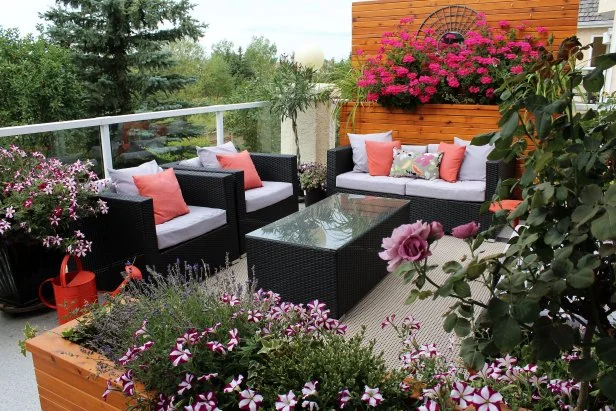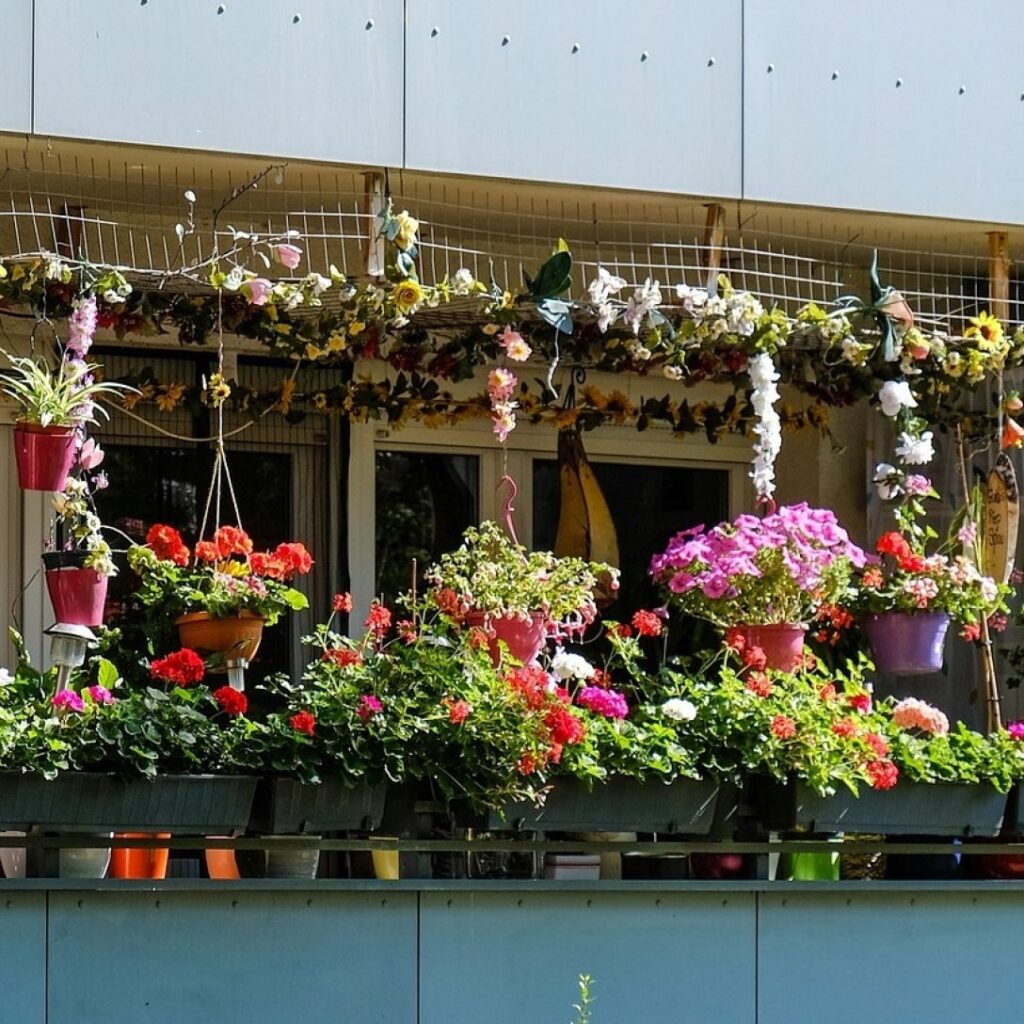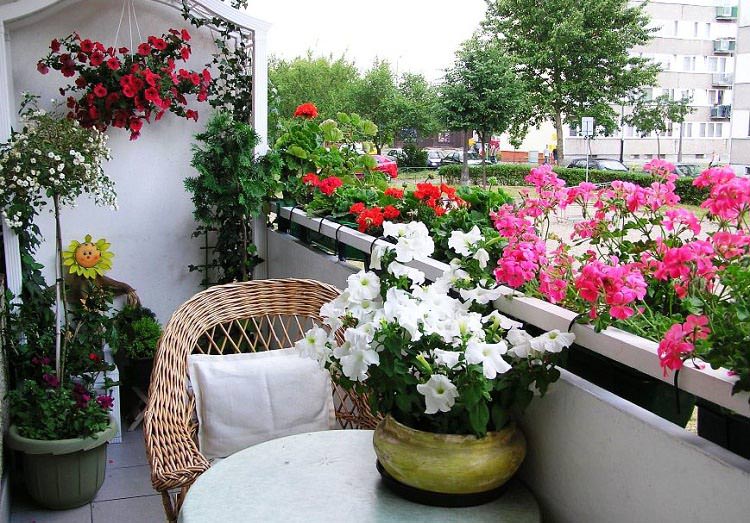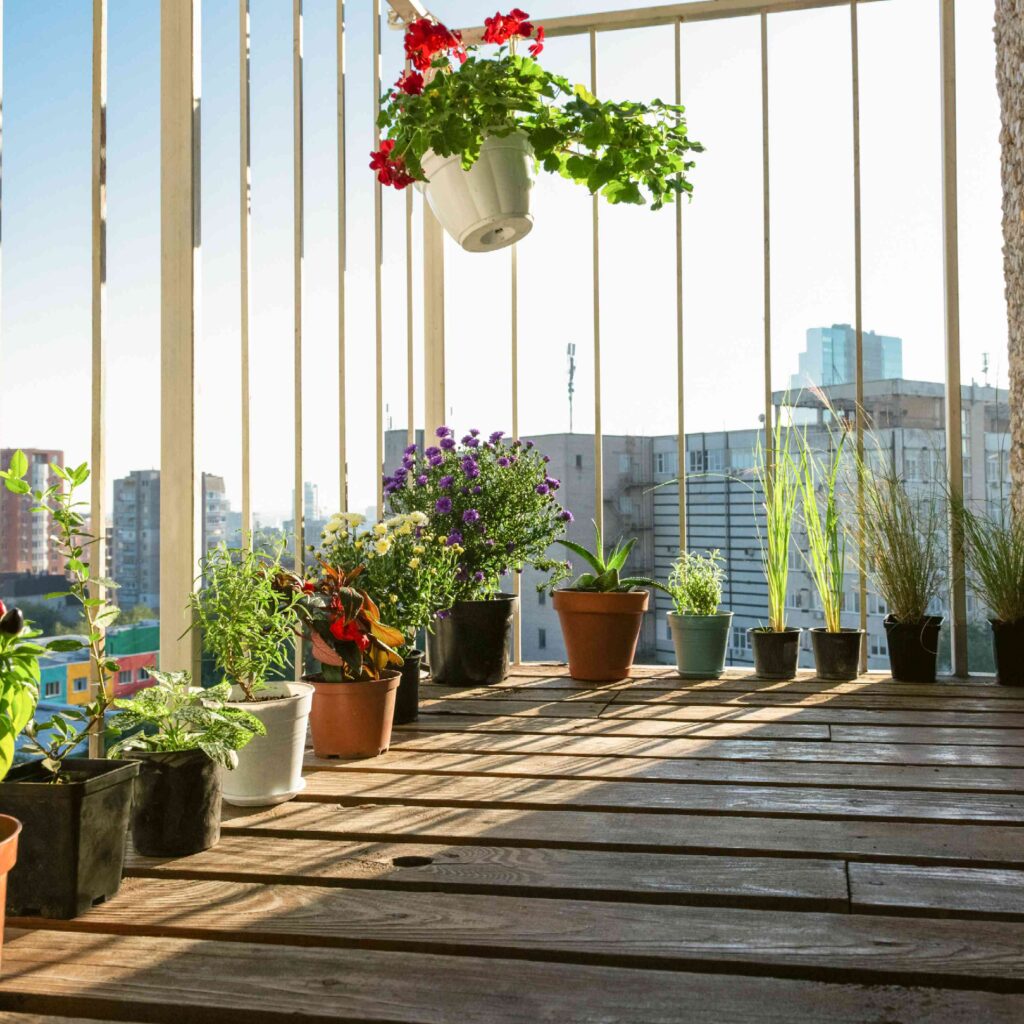In today’s fast-paced urban lifestyle, the desire to reconnect with nature is stronger than ever. But for city dwellers, limited space can often feel like a barrier to gardening. That’s where balcony gardening comes in — a smart, efficient, and creative solution for those looking to cultivate plants in a compact environment. Whether you live in a high-rise apartment or a cozy studio, with the right planning, your balcony can be turned into a lush oasis.
Here’s a detailed guide packed with practical balcony gardening tips tailored for urban gardeners in India and beyond.
1. Assess Your Balcony Conditions

Before you bring in any plants or pots, assess the sunlight, wind exposure, and space on your balcony. Different balconies receive varying amounts of sunlight depending on their direction:
- East-facing: Morning sun, great for herbs and leafy greens.
- West-facing: Afternoon sun, ideal for flowering plants like petunias and zinnias.
- North-facing: Minimal sunlight — choose shade-tolerant plants like ferns or philodendrons.
- South-facing: Maximum sun exposure, best for vegetables, succulents, and flowering plants.
Also, consider wind intensity — if it’s strong, you’ll need windbreaks or sturdy planters.
2. Choose the Right Plants for Balcony Gardens
Opt for plants that thrive in pots and require minimal maintenance. Here are great options for Indian urban settings:
- Herbs: Basil, mint, coriander, curry leaves, lemongrass.
- Vegetables: Spinach, tomatoes, chillies, brinjal, beans.
- Flowers: Marigold, petunia, verbena, bougainvillea.
- Indoor-tolerant plants: Snake plant, ZZ plant, peace lily, pothos (money plant).
- Creepers and climbers: Morning glory, jasmine, ivy.
Mix up your plant types to include edible, ornamental, and air-purifying plants.
3. Use Vertical Gardening Techniques

Maximize space by going vertical. Vertical gardens make your balcony look fuller and allow for more variety in a small area:
- Hanging planters: Use hooks and railings.
- Wall-mounted pots: Perfect for herbs or decorative plants.
- Trellises and climbers: Great for privacy and aesthetics.
- Stacked planters: Tiered arrangements help use floor space efficiently.
Vertical gardening also enhances airflow and sunlight distribution among plants.
4. Smart Container Gardening
Choose containers that are lightweight, durable, and suited to your climate. You can use:
- Clay pots: Breathable but heavy and fragile.
- Plastic pots: Lightweight and inexpensive.
- Fabric grow bags: Ideal for vegetables and root development.
- Upcycled containers: Reuse old buckets, bottles, or crates creatively.
Ensure containers have proper drainage holes and consider using trays underneath to prevent mess.
5. Quality Soil and Composting Tips

Urban soil can be poor, so invest in high-quality potting mix that retains moisture but drains well. A basic potting mix can include:
- 1 part garden soil
- 1 part coco peat or coir
- 1 part compost or vermicompost
Tip: Start a mini compost bin on your balcony using kitchen scraps like fruit peels, coffee grounds, and eggshells. This will provide rich organic matter and reduce waste.
6. Watering Wisely

Balcony plants need regular watering, but overwatering can be fatal, especially with limited drainage. Use these watering tips:
- Water early in the morning or late in the evening.
- Use self-watering pots or drip irrigation systems for convenience.
- Group plants with similar water needs together.
- Check soil moisture before watering — stick a finger in; if it’s dry up to 2 cm, it’s time to water.
For balconies in hot cities like Delhi, Ahmedabad, or Chennai, mulch the soil with dry leaves or straw to retain moisture.
7. Fertilizing for Urban Balcony Gardens
Urban plants often need extra nutrition due to limited soil space. Feed your plants every 15–30 days with:
- Organic compost
- Liquid fertilizers (made from compost tea or diluted cow dung)
- Banana peel water or onion peel soak for potassium boost
Avoid chemical fertilizers for edible plants to ensure a safe and sustainable garden.
8. Pest Management Naturally

Balcony gardens can attract pests like aphids, mealybugs, or caterpillars. Use natural solutions like:
- Neem oil spray (1 tsp neem oil + ½ tsp liquid soap + 1 litre water)
- Garlic-chili spray
- Soap water (for mild infestations)
Companion planting (e.g., marigolds with vegetables) can also help deter pests.
9. Add Aesthetic and Functional Elements
A balcony garden should not only be green but also inviting and functional. Add:
- Compact furniture like a bistro set or floor cushions
- Fairy lights or solar lamps for nighttime charm
- Pebbles, bamboo screens, or artificial turf for texture
- Small fountains or bird feeders for a calming touch
Create a theme — tropical, herbal, Zen, or bohemian — to enhance visual appeal.
10. Seasonal Care and Rotation
Adapt your balcony garden to changing seasons. In India:
- Summer (March–June): Use shade nets, grow heat-tolerant plants like okra, brinjal.
- Monsoon (July–September): Ensure good drainage, grow turmeric, colocasia, leafy greens.
- Winter (October–February): Grow carrots, beets, cabbage, and colorful flowers.
Rotate crops and clean planters to avoid soil fatigue and pest buildup.
Final Thoughts: Green Living in Small Spaces
Balcony gardening empowers urbanites to reconnect with nature, grow their own food, and contribute positively to the environment. It’s a lifestyle choice that promotes sustainability, relaxation, and beauty — all from the comfort of your apartment.
With a bit of creativity, consistency, and care, your balcony can become your favorite corner of the home — bursting with color, fragrance, and life.






Leave A Comment